Books about Sound: a brief review of 15 books from iconic authors in the field of sound studies
For enthusiasts of sound studies, experienced and beginning record makers, I have prepared a selection of books that expand the understanding of sound. The review will be useful to musicians, theorists, sound engineers, and a wide range of listeners.
Here you will find work backed by sound science, inspiring alternative concepts, current philosophical ideas, and practical guides to the experience of close listening and field recording.
Share in the comments books you know that are not included in the selection and your impressions of what you have already read.
- 1. Sound Wild and Broken. Sonic Marvels, Evolution's Creativity, and the Crisis of Sensory Extinction, David George Haskell
- 2. Noise. The Political Economy of Music, Jacques Attali
- 3. A barely audible hum. Introduction to the philosophy of sound, Anatoly Ryasov
- 4. The Book of Silence. Sound image of the city, Sergey Rumyantsev
- 5. Listening to noise and silence: towards a philosophy of sound art, Salome Voegelin
- 6. Sonic Wonderland: A Scientific Odyssey of Sound, Trevor Cox
- 7. Haunted Weather: Music, Silence, and Memory, David Toop
- 8. Sonic Flux: Sound, Art, and Metaphysics, Christoph Cox
- 9. A Voice and Nothing More, Mladen Dolar
- 10. Sound: An Acoulogical Treatise, Michel Chion
- 11. Pink Noises: Women on Electronic Music and Sound, Tara Rogers
- 12. Sonic Experience: A Guide to Everyday Sounds, Jean-François Hogoyard
- 13. Deep Listening: A Composer's Sound Practice, Pauline Oliveros
- 14. Acoustic Territories: Sound Culture and Everyday Life, Brandon LaBelle
- 15. A Sound Education: 100 Exercises in Listening and Sound-making, Raymond Murray Schafer
- Conclusion
1. Sound Wild and Broken. Sonic Marvels, Evolution’s Creativity, and the Crisis of Sensory Extinction, David George Haskell
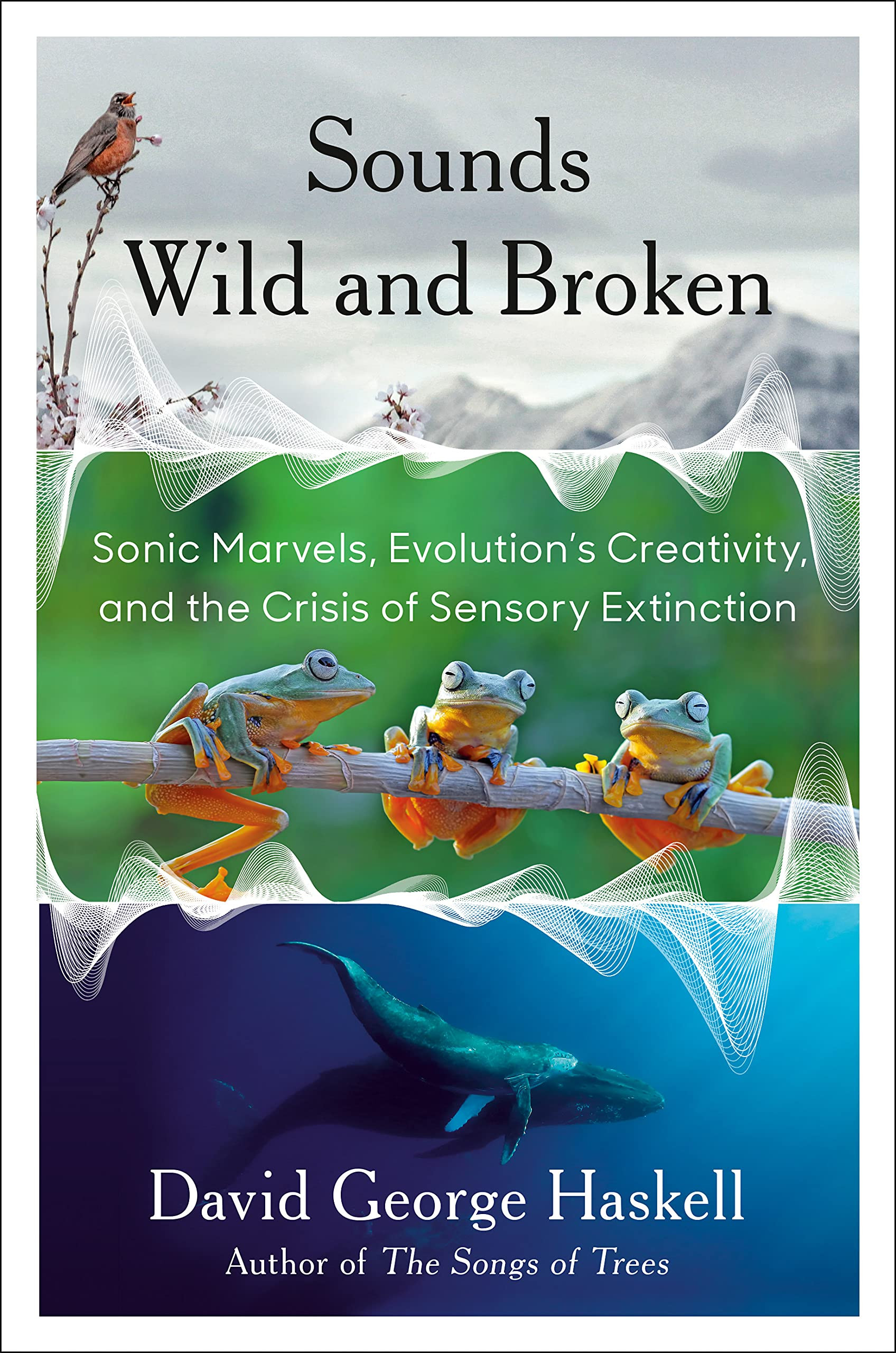
Listening opens us to the wonders of communication and creativity. Listening also teaches us that we live in an age of diminishment. Aesthetics — the appreciation and consideration of the perceptions of the senses — should therefore be central guides amid the convulsions of change and injustice that we live within.
From the Foreword by Sound Wild and Broken
The latest work from biology and environmental studies professor David Haskell is a stunning guide to the diversity of sounds on our planet.
In a poetic exploration of sonic processes, the author combines personal contemplative experience with scientific evidence, revealing step by step the wonders, challenges, and dangers facing the acoustic diversity being displaced and complemented by the Anthropocene.
How did sound appear on planet Earth? What can tropical forests filled with the singing of birds, frogs, and insects tell us about evolution? How do animals adapt to noise pollution?
Noise attacks from cities and industries threaten forests, oceans, and humanity itself not only with the loss of sensory wonders, but they make the world less creative, the author notes. From this, we also learn that both language and music created by humanity are an integral part of the evolution and ecology of sound.
Haskell’s powerful work invites listening, wondering, mindfulness, and action to enhance and appreciate the beauty of ever-changing and elusive sounds.
2. Noise. The Political Economy of Music, Jacques Attali

The legendary book “Noise. The Political Economy of Music” takes the reader back to the more cultural and economic depths of history and, despite the age of the publication, prophetically touches on the current challenges of our day.
As a political scientist and economist, Jacques Attali reveals in layers how industrialization and capitalism have commodified music over the past two hundred years.
Masterfully predicting the coming changes and the cheapness of sound recording in an era of technological growth, Attali highlights such significant issues as the legal discipline of noise and sound, the depersonalization of musicians and audiences, the easy accessibility of music production and, as a result, the music of the future devoid of political potential.
The book focuses on the intimate relationship between power, music, and money. “Noise” will appeal to different circles of readers, and will be especially interesting to deep connoisseurs of culture, modern philosophers, and musicians.
3. A barely audible hum. Introduction to the philosophy of sound, Anatoly Ryasov
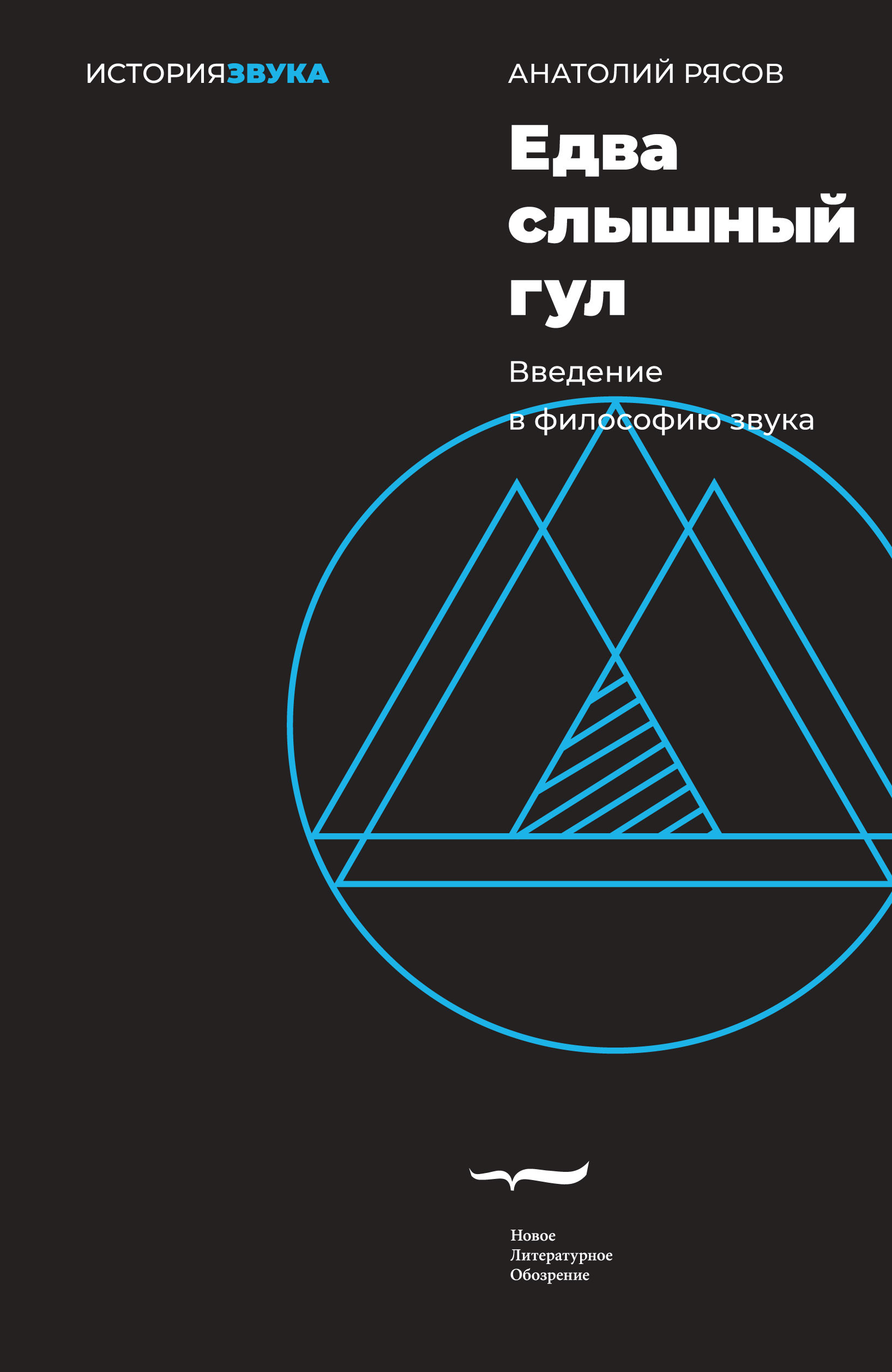
One of the truly rare contemporary works on sound studies, written by a Russian-speaking author. Compact but intellectually rich, A Barely Audible Hum explores the concept of sound from a philosophical perspective, arguing against purely scientific and technological boundaries.
Through the prism of the concepts of Heidegger, Derrida, Nancy, and other philosophers, Ryasov in an essayistic form examines the practice of listening and sound as such. The book highlights current issues in sound research, the over-reliance on technology, and other existing issues in sound media.
Navigating among outstanding examples from music, literature, cinema, and closely analyzing the works of philosophers and writers about sound, sound engineer Anatoly Ryasov is looking for his ontological foundation for sound studies.
4. The Book of Silence. Sound image of the city, Sergey Rumyantsev
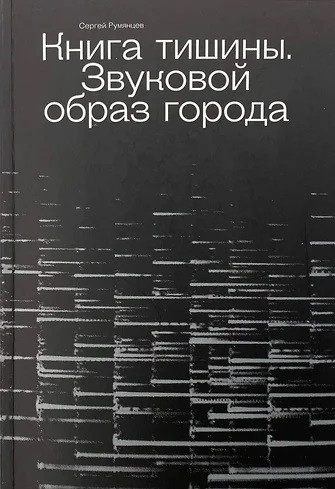
“The Book of Silence” is another significant work written in Russian by musicologist Sergei Rumyantsev. A memoir of sorts, the author’s sonic experiences deal with aural culture, soundscapes, and acoustic ecology.
"The Book of Silence. Sound image of the city" also includes historical sound landscapes of Moscow, the late 19th and early 20th centuries. In addition to the problem of the disappearance of silence, the work explores the concept of noise in opposition to music, as well as the symbolism, and significance of the bells of old Moscow, and the chaos of the urban sound environment.
Reflecting on urban sound phenomena, Rumyantsev reveals a tendency for the practice of sound contemplation to disappear as part of Russian culture.
The Book of Silence, unfinished during Rumyantsev’s lifetime, was prepared for re-release with significant additions with the participation of musician Peter Aidu. The work will be of interest to a wide range of interested people, including researchers of acoustic ecology and those who want to use historical notes to reconstruct what old Moscow sounded like.
5. Listening to noise and silence: towards a philosophy of sound art, Salome Voegelin
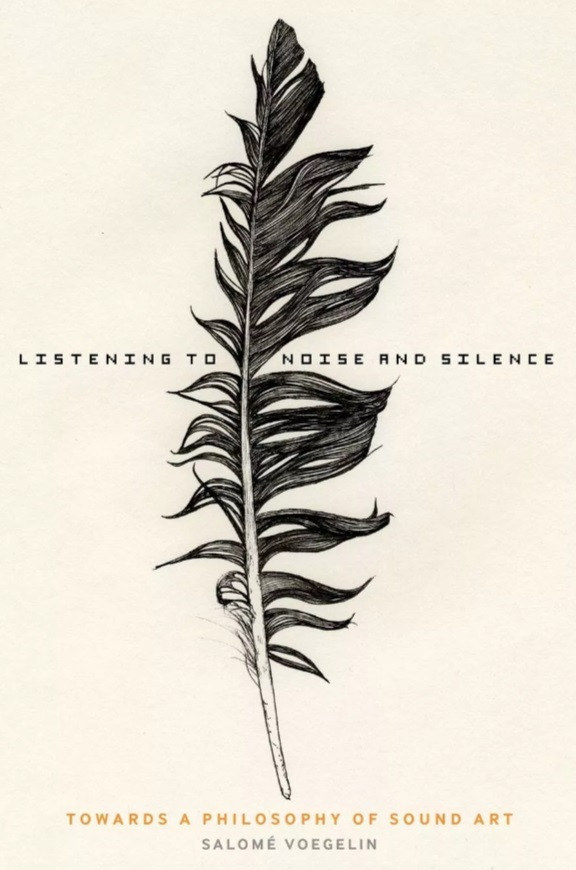
Listening to Noise and Silence by professor, theorist, and artist Salome Voegelin is also closely related to concepts of acoustic listening and sound art practices. The work presents many examples of both unknown to a wide range of contemporary composers and sound artists with global recognition.
Inspired by the ideas of Merleau-Ponty’s phenomenology, Voegelin’s texts poetically “reify” sound, significantly expanding the dogmas of the academic approach. Equating the theory and practice of sound research, Salome Voegelin invites us to think through sound other forms, and logics of existence.
The work “Listening to Noise and Silence” is filled with a deep experience of introspection and personal feelings of the author. The dynamics of the book are designed both for theorists from philosophers to musicologists, as well as for field practitioners and sound researchers.
6. Sonic Wonderland: A Scientific Odyssey of Sound, Trevor Cox

It is impossible to ignore the outstanding work of Trevor Cox when talking about books dedicated to sound research. The work introduces the reader to the stunning findings of a physicist and acoustic engineer exploring the world using hearing.
Using examples from archaeology, design, and biology, Cox not only shares scientific and personal acoustic findings, but also teaches the reader how to “open their ears” to the sonic diversity that exists. The work also helps to understand the secrets of sound formation, its transformation in space, and its effect on the human body.
“Sonic Wonderland” is designed for any reader interested in acoustic nature. It is also important in this work that in addition to entertaining stories about the hunt for the sounds of musical roads, creaking glaciers, and the polyphony of stalactites, Cox notices here the problems of noise pollution.
If you have long wanted to shift your focus from the visual and try to filter your impressions of the world around you differently, this book will be a great start.
7. Haunted Weather: Music, Silence, and Memory, David Toop
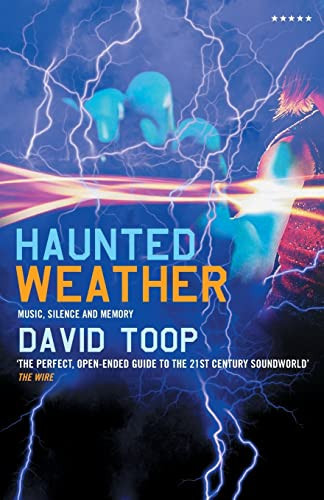
David Toop’s Haunted Weather: Music, Silence, and Memory, takes an in-depth look at the latest advances in digital technology, sound theory, and contemporary experimental music.
As a critic and musician, Toop introduces the reader to different approaches to music production and sound production. The book is rich in unique examples of noise composers working actively with found sounds, and explores the mutual influence of the latest developments on modern music production.
Is it possible, like plants in a garden, to grow electronic sounds and replace a piano with an electric guitar with a computer? Why are soundscapes so important for sound artists? How to show improvisation in a computer program?
The author raises these and other extraordinary questions in the book, simultaneously sharing with the reader his thoughtful and unconventional vision of the sound industry.
8. Sonic Flux: Sound, Art, and Metaphysics, Christoph Cox
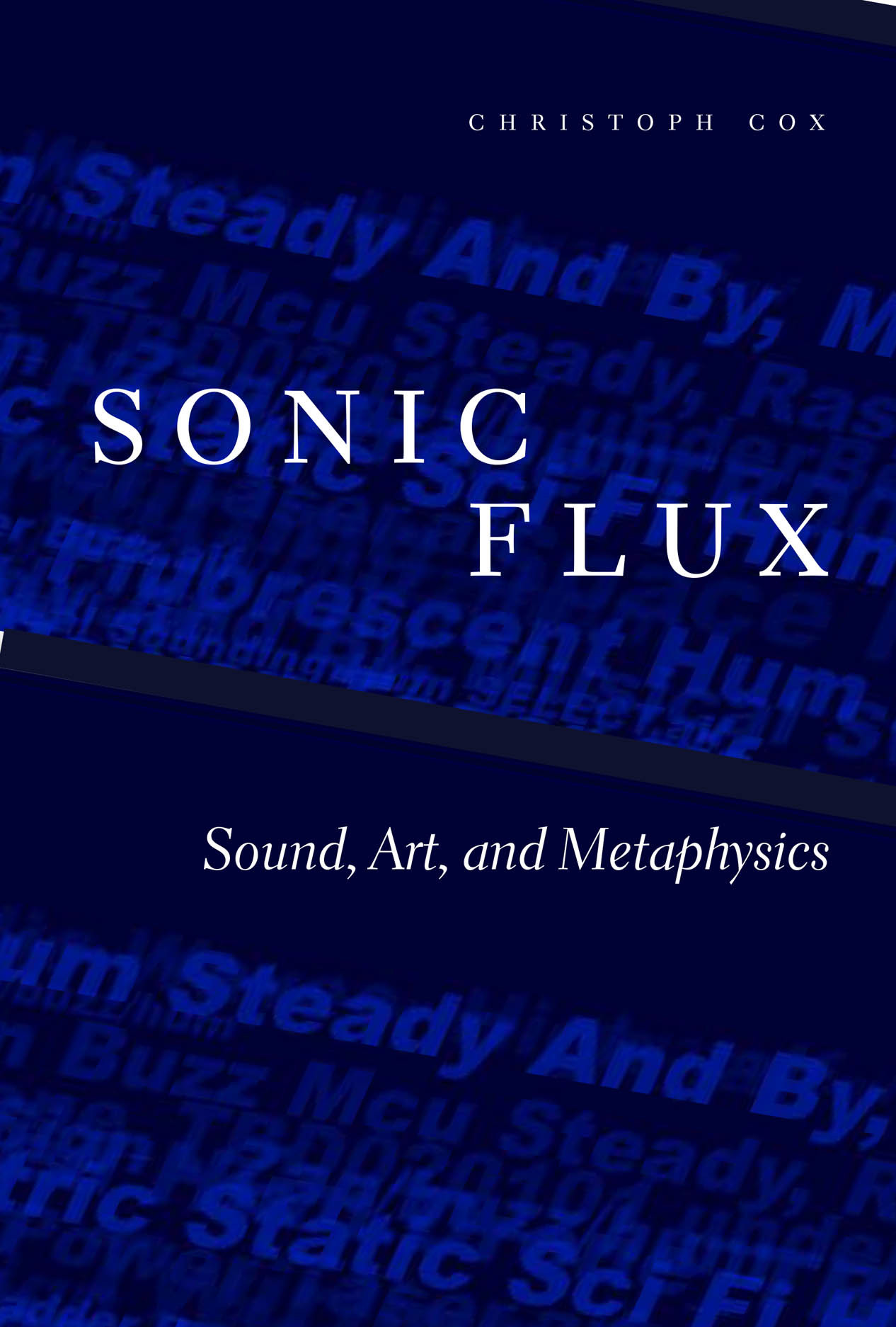
A philosophical guide to Sound Studies and little-known experimental music of the 20th century, full of non-obvious and therefore exciting examples.
Christoph Cox’s book, following the ideas of such outstanding figures in the humanities as Nietzsche, Deleuze, Schopenhauer, Meillassoux, explains the so-called “sonic turn” observed in culture and art in the last half-century.
The author’s key concept is the idea of acoustic flow, supported by thoughts about the extra-linguistic autonomy of sound, its materialistic power not limited by the framework of subjective human experience.
Christoph Cox’s seminal research anthology of sound generously introduces us to the unique work of sound-authors including Marianne Amacher, Annie Lockwood, Alvin Lucier, La Monte Young, and other current practitioners of the sound arts.
9. A Voice and Nothing More, Mladen Dolar

Considering the various facets of sound, it is impossible to remain silent about the voice.
Is voice synonymous with sound? Can it be considered the initial impulse of music? Who owns it and what is the paradox of the voice?
Mladen Dolar’s study takes us on a fascinating journey through anthropological and cultural labyrinths that explore the physical, ethical, political, and aesthetic aspects of the voice.
In A Voice and Nothing More, the philosopher of the Ljubljana School of Psychoanalysis interweaves a variety of approaches, including psychoanalysis, politics, literature, music, linguistics, philosophy, and film. It is here that we clearly recognize that the elusive specificity of the voice cannot be reduced to a single function.
The book is full of non-obvious facts and lively philosophical discourse that will be of interest not only to vocal performers and musicians, but also to a wide range of readers.
10. Sound: An Acoulogical Treatise, Michel Chion
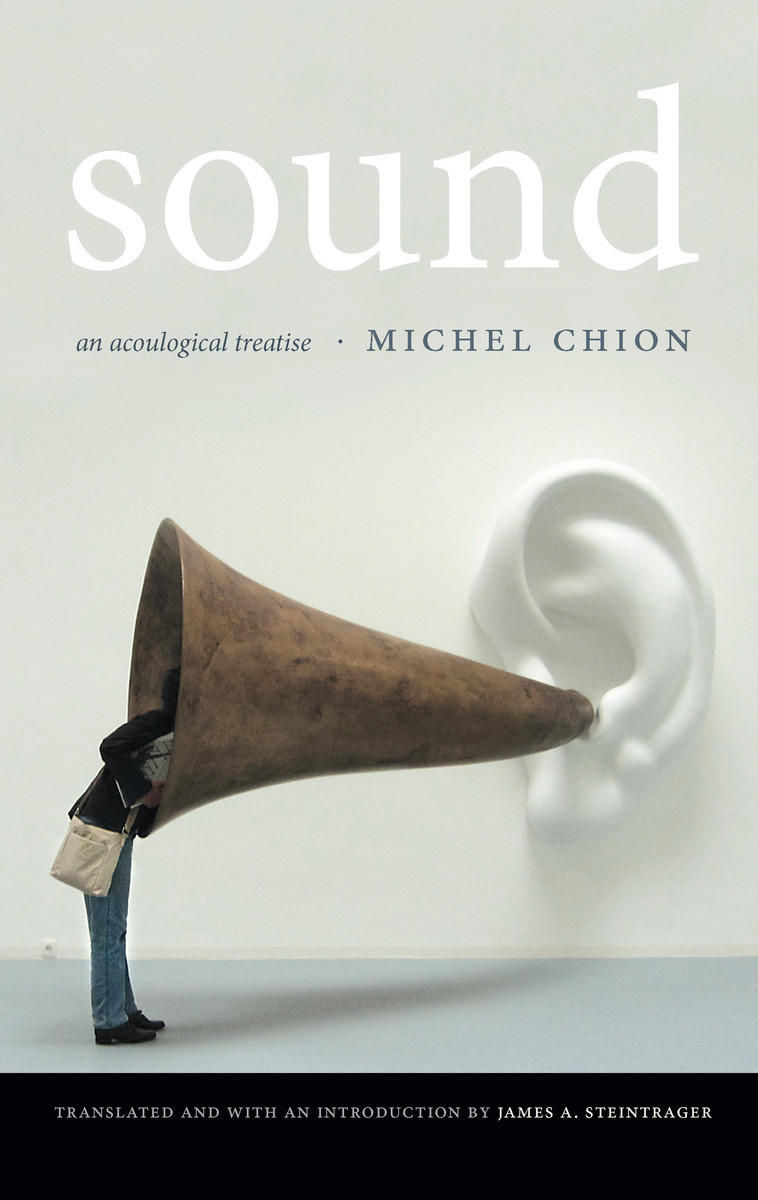
Before Us is another worthy example — an introduction to the methodology of sound, in which Michel Chion talks about sound as such, trying to abstract from the cinematic and musical focus.
The work of the French researcher, composer and film critic represents a consistent analysis of different approaches to the study of sound.
The chronology of the book develops from the “birth of hearing”, noise specifications, to a historical analysis of the influence of technology on sound and, of course, the Schafer revolution. The field of attention includes acoustics, literature, linguistics, psychology, phenomenology, and “visual listening.”
The book is designed for readers of varying degrees of immersion in the topic and at the end is slightly enhanced by highly specialized terminology. For the inexperienced reader, this point is compensated by the many entertaining references and original conclusions of the superbly erudite author.
11. Pink Noises: Women on Electronic Music and Sound, Tara Rogers
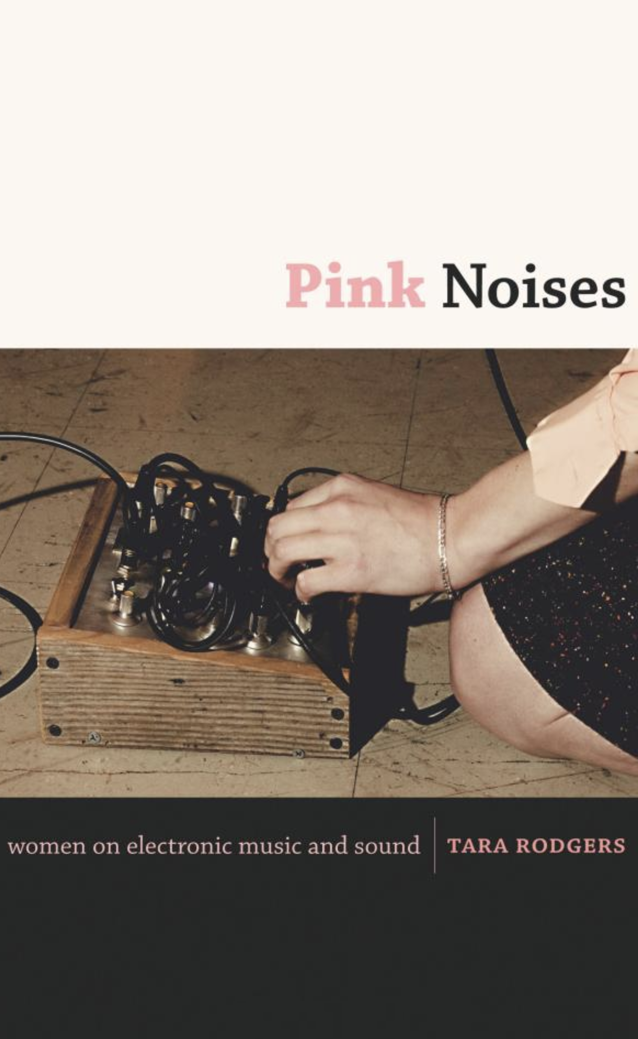
An amazing collection of 24 interviews with pioneering women in ambient and electronic music.
A truly unique work in the field of sound studies, filled with stories of artists and composers who actively use found sounds, the philosophy of deep listening, and special software to create their works.
Through personal conversations with the thoughts and practices of interviewees, the author opens the eyes of a wide field of readers to the existing contradictions in formal music education, biased attitudes towards women in the industry, and highlights the incredible courage of the heroines to challenge the norms of technological practices.
Filled with impressive examples of work, the book expands understanding of sound production and creation and serves as a powerful testament to the presence and importance of women in electronic culture.
12. Sonic Experience: A Guide to Everyday Sounds, Jean-François Hogoyard
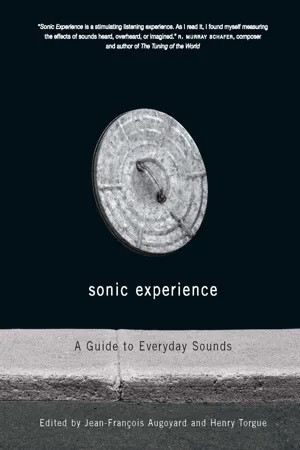
If your task is to study not only the basics of sound and different philosophical approaches but also to understand the auditory effects that arise in physical spaces, then Ogoyar’s “Guide to Everyday Sounds” is an excellent alphabetical assistant.
Jean-François Hogoyard’s interdisciplinary work spans broad scientific and theoretical layers across multiple disciplines, including urban studies, architecture, electroacoustic composition, phenomenology, musicology, physics, and psychology.
The uniqueness of the work lies in the combination of descriptions of individual sound effects with information about the cultural context, personal auditory experience, and the material spaces in which sounds occur.
The Sonic Experience: A Guide to Everyday Sounds provides a basic understanding of acoustics along with in-depth technical information, literary examples, and clear definitions.
13. Deep Listening: A Composer’s Sound Practice, Pauline Oliveros
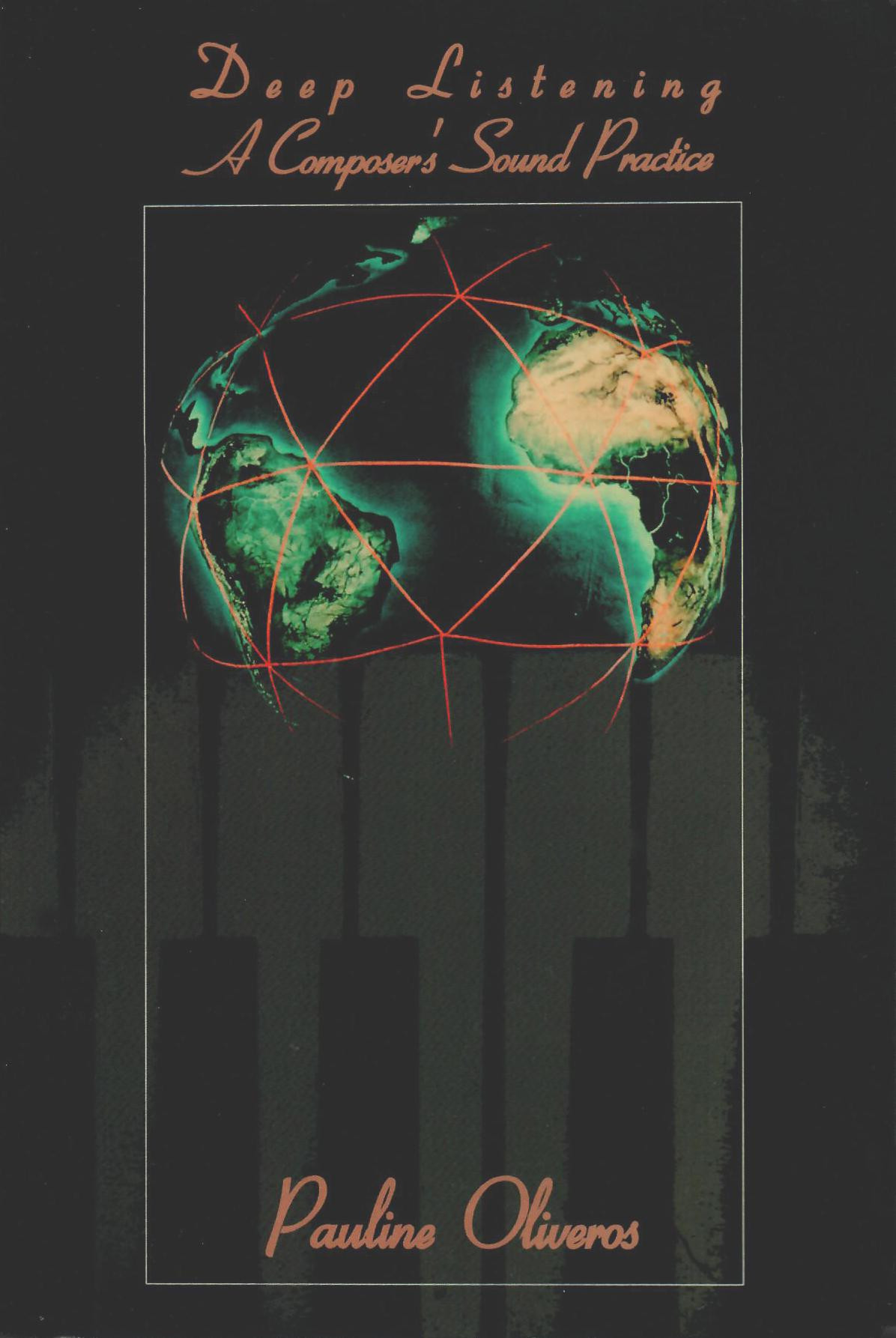
The key figure of the American avant-garde wave, composer, and founding mother of the concept of “Deep Listening,” Pauline Oliveros, will help you switch from the impressive baggage of theory to consciousness-expanding practice.
At one time, she created many exercises on new ways of auditory perception, sound, and the development of attention to the sound environment.
The book Deep Listening, by the way, available completely free on the Internet in pdf format, contains a complete guide to the practice of the same name.
There are breathing meditations, physical exercises, walks, and collective auditory and sound practices, written and other personal tasks for working with silence, heart rhythm, and field recordings.
The work is replete with unique ideas and inspiring guidelines that will be of interest to musicians, artists, teachers, and people who have nothing to do with art and music education.
14. Acoustic Territories: Sound Culture and Everyday Life, Brandon LaBelle
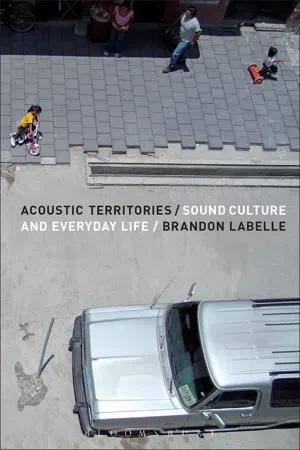
An important guide that allows us to verify the dependence of our lives on soundscapes and learn more about how to trust our hearing in urban space can also be called the work of the American cultural scientist Brandon Labelle “Acoustic Territories”.
The author’s concept is based on the organizing power of sound, which can influence and transform various areas of our lives: from social and political aspects to history and pop culture.
Moving from the underground hum of the subway to the subtle static of radio antennas, Labelle maneuvers through urban space and metaphorically explores acoustic events, insisting on their autonomy.
In “Acoustic Territories”, through the relationship of sound, politics, and urbanism, the author also examines the role of sound in the formation of personal and public spaces of our everyday life.
15. A Sound Education: 100 Exercises in Listening and Sound-making, Raymond Murray Schafer
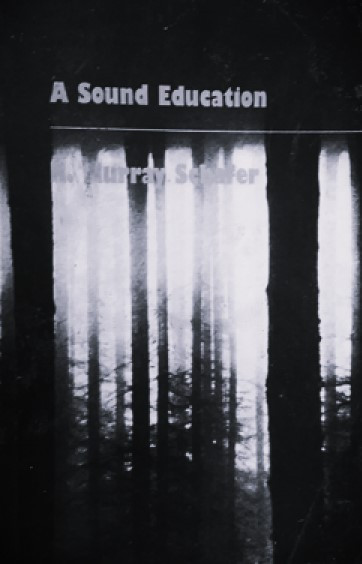
When delving into theoretical and reference works devoted to sound research, it is impossible to ignore the name of Raymond Schafer — the world’s most famous noise fighter and soundscape researcher, the father of the founder of "sonic ecology", a teacher and the author of various textbooks on sound.
“A Sound Education: 100 Exercises in Listening and Sound-making” is a collection of mindful listening practices that will be especially useful to fans of field recording and music educators. The book is also intended for the general public interested in developing careful and critical listening skills.
The collection contains a hundred fairly simple exercises in sound production and listening, gradually turning into independent experiments in creating sound landscapes.
“A Sound Education” will be an excellent incentive to practice for anyone who has long dreamed of, but did not know where to start, listening to the world around them.
Conclusion
In this review, I reviewed 15 of the most significant and relevant books about sound with familiar and very fresh philosophical ideas, poetic, and scientific reflections of outstanding authors in the field of sound studies.
The writings presented here include many unique examples and practical approaches to working with soundscapes, developing deep listening, and caring for and exploring the acoustic diversity of the world around us.
Share in the comments the names of books that were not included in this review and your impressions of what you read.
Author Oksana Rudko
